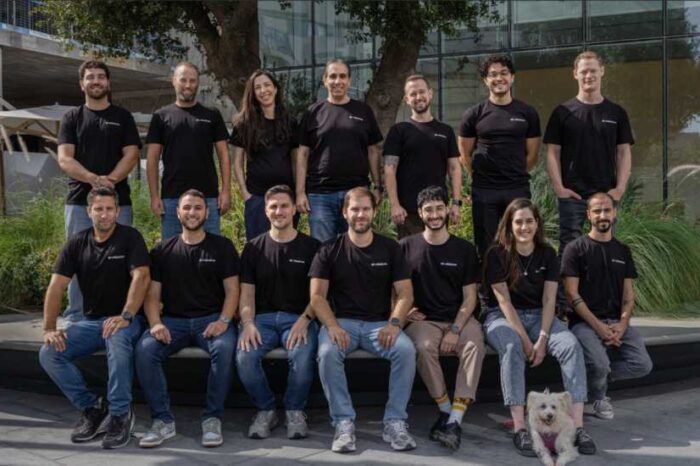Real-world uses of cryptocurrency that are changing how industries work

Cryptocurrencies are fixing real problems in business and making money doing it. From travel websites bringing in $100 million a year to turning billions of dollars worth of material goods into digital tokens, blockchain is doing some remarkably useful things, going beyond the old days when we’d eagerly watch for Bitcoin price trends.
People have already turned over $50 billion in digital tokens, and 28% of adults in the U.S. now own some cryptocurrency – almost twice as many as in 2021. This shows that crypto is growing beyond all previous estimations, moving from just an investment gamble to something that actually works.
Making travel rewards better
Take Travala, a website for booking trips. They’ve built a $100 million yearly business by putting cryptocurrency right into how they work. Instead of the usual points systems that lock you in, Travala’s AVA Smart program gives you 5-10% back in Bitcoin or AVA tokens when you book – and you can spend that anywhere you want.
This is a great example of how crypto is becoming the backbone of how we do rewards. The approach to this is working well too: 67% of users keep coming back (way better than normal travel programs), and they can book 2.2 million places to stay, 600 airlines, and 400,000 things to do.
When there was a big investment in Travala, the AVA token’s value shot up 240%. This shows that investors believe in crypto that does real, useful things – not just speculation. What makes Travala stand out is how they’ve turned cryptocurrency from just an investment into something that makes their business work better – and this is happening in other industries too.
Useful digital tokens
One of the biggest ways blockchain is being used in the real world is by turning ownership of items into digital tokens. This makes it easier to buy, sell, and trade things that used to be hard to split up or move around.
There are also clear signs of big companies jumping in, and by the end of this year, it’s expected that $500 billion worth of material goods will be turned into tokens. BlackRock, a huge investment company, is now turning Treasury assets into tokens. Citigroup is testing tokenized bank deposits that can be moved instantly. These are real financial products handling lots of money.
This new way of doing things is actually much more efficient. For example, when you tokenize real estate, it cuts the costs of transferring ownership by 80% compared to the old way. Tokens for private equity can be traded any time, getting rid of the slow updates that used to happen every three months. What’s interesting is that these tokenized real-world assets will eventually make up 10% of the global GDP by 2030 – more than stablecoins or NFTs.
The rules are catching up too. In Europe, the DLT Pilot Regime has given licenses to companies like 21X and Ursus-3 Capital, making it okay for big institutions to get involved. As the traditional finance world starts using these blockchain systems, it’s natural that everyday consumer businesses will follow.
65 million Americans putting their money where their mouth is
The way regular people are using crypto goes against the idea that it’s all about gambling on prices. Out of the 65 million Americans who own crypto, 67% have more than one type – usually Bitcoin plus others they picked because they’re actually useful, not just to make money.
The way people use crypto shows this focus on usefulness. 43% of crypto users care more about being able to spend it than about how much it might go up in value. This has led to partnerships between crypto platforms and regular payment networks, with Visa and Mastercard offering more crypto cards, and places letting you pay with over 100 different cryptocurrencies.
Oddly, Dogecoin is still one of the top three owned cryptocurrencies, even though it’s not as useful as Ethereum (which businesses use for contracts) or Solana (which is good for small, cheap transactions).
This shows there’s still a tug-of-war between using crypto for future profit and using it for real purposes.
Avoiding the speculation trap
As the $3.3 trillion crypto market starts to care more about usefulness than hype, projects that only focus on making prices go up might get left behind. Regulators around the world are looking more closely at crypto that follows the rules and does real, tangible things while keeping a sharp eye on tokens that are just for speculation.
Looking beyond 2025, we might see about 1% of the world’s GDP ($950 billion) turned into tokens as big institutions get more involved. We’ll probably see AI-powered crypto tools that automatically handle rewards programs and manage tokenized assets, making blockchain technology an everyday part of finance.
The most successful crypto projects won’t necessarily be the ones trading on big exchanges. Instead, they’ll be the ones powering your vacation bookings, mortgage applications, and investment portfolios – creating value by being genuinely useful.
For people starting businesses and investors, this change points the way forward: focus on fixing real problems in the economy instead of chasing whatever’s hot right now. The projects that actually make things better – by cutting costs, making things more accessible, or making processes clearer – will stick around no matter what the market does.
The cryptocurrency embrace is about making our lives better. Smart companies are building businesses that last by finding specific problems in how things work now and using blockchain to fix them.
The next big developments in cryptocurrency won’t come from people trying to get rich quickly, but from those building things that are genuinely useful for everyday people – often in ways so smooth you might not even realize you’re using blockchain at all.




